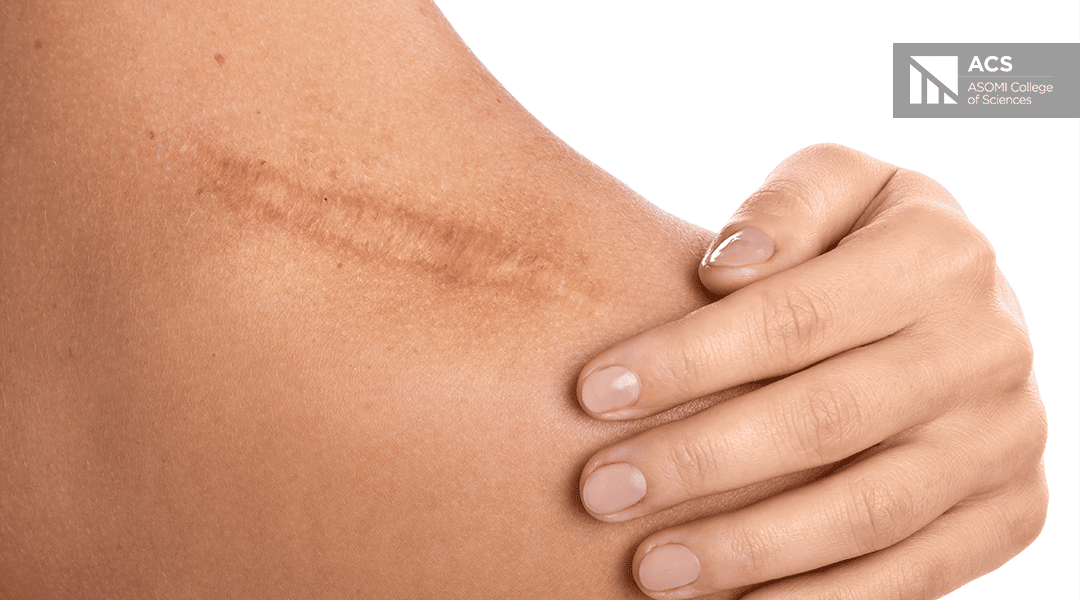Click here for the foundations of mechanical link
About the author: Rodolfo Amoroso Borges, a physiotherapy graduate at the Pontifical Catholic University of Campinas (2006) and a diplomate in Osteopathy in the Brazillian College of Osteopathy (Colégio Brasileiro de Osteopatia). Has experience in the field of Orthopedics and Traumatology, with an emphasis on Manual Therapy. He currently works in private practice in Campinas and Valinhos and also teaches post-graduate classes in osteopathy at the Colégio Brasileiro de Osteopatia.
Introduction
The skin is the largest organ of our body reaching an area of 1.8 m2. It is exposed to different stimuli every day, through touch and contact with light and liquids. This organ sends and receives information from the entire body through its innervation, reflecting in:
- sympathetic sweat activity;
- postural control by mechanoreceptors and;
- homeostasis of the whole organism.
Below the dermis, there are other issues that should be highlighted:
- superficial fascia and subcutaneous fat
- deep fascia
- the muscles and their epimysium (the most superficial layer in addition to the perimysium and endomysium, in order of depth)
The peritoneum and the viscera have to be taken into account when it comes to the skin of the abdominal region.
Fascia is a connective tissue that connects one structure to another but also separates one tissue from another, which may be muscles, vessels, nerves, bones, and viscera.
The peritoneum is a type of fascia that covers the viscera, and it is divided into two structures:
- Parietal peritoneum, the most external tissue having an internal contact with the abdominal cavity and;
- Visceral peritoneum covering the viscera.

How do scars appear
How do scars appear? The answer is simple: the scar is the body’s response to an injury whether it is due to trauma or surgery.
And how can a scar become active or aesthetically affected?
When one of the healing processes (hemostasis, inflammation, proliferation, and remodeling) is affected — usually altered by drugs, genetics, age, or neuro-inflammatory factors — deformities in the scars can occur, generating 3 types of abnormalities:
- Hypertrophic: when the scar grows in height but does not expand laterally;
- Keloid: it is the case in which, besides growing in height, the scar expands beyond its edge;
- Atrophic: when the scar is depressed on the skin.
The findings of an active scar are:
- Increased local humidity (sweating);
- Impaired skin stretching;
- Thick skin fold;
The scar can also adhere to the bone in cases of extremities or in the innermost layers in the case of the abdomen and can reach the viscera of the incision site. There is a restriction in the mobility of these tissues and, in some cases, pain. It has to be remembered that not all layers of the scar are active. From the superficial to the deep, it is important that all layers are evaluated. Some theories are proposed for the relief of symptoms by manipulating the scar.
An approach to scar treatment
In addition to the tissue release favoring the bio-mechanics of the tissues, there is also a neurological aspect that causes a reset of the neurological circuit and, thus, a release of the painful stimulus. It is also believed that there are biomechanical and neurological components in the release of scars. It is furthermore known that the use of mild manipulations in the intermediate stages of healing, in addition to helping to increase flexibility and prevent adhesion with adjacent tissues, has an anti-inflammatory effect. The pressures applied by scar mobilization improve the repair and remodeling process of injured tissues.




